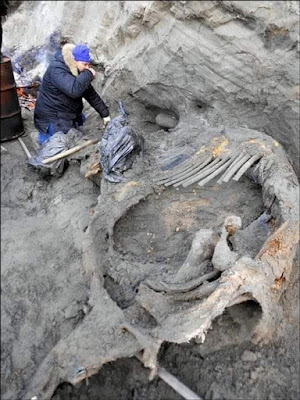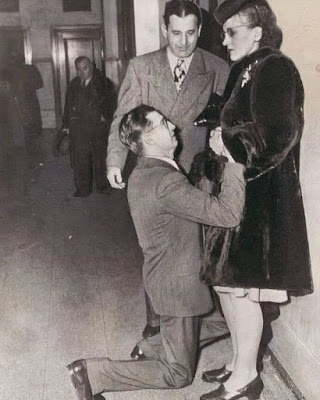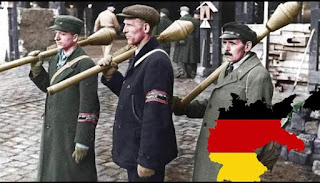Evidence of early human presence in the Arctic found on an ancient Woolly Mammoth
Evidence of early human presence in the Arctic found on an ancient Woolly Mammoth :
Paleolithic records of humans in the Eurasian Arctic (above 66°N) are scarce, stretching back to 30,000 to 35,000 years ago at most.
Pitulko et al. have found evidence of human occupation 45,000 years ago at 72°N, well within the Siberian Arctic. The evidence is in the form of a frozen mammoth carcass bearing many signs of weapon-inflicted injuries, both pre- and postmortem.
The remains of a hunted wolf from a widely separate location of similar age indicate that humans may have spread widely across northern Siberia at least 10 millennia earlier than previously thought.











Comments
Post a Comment